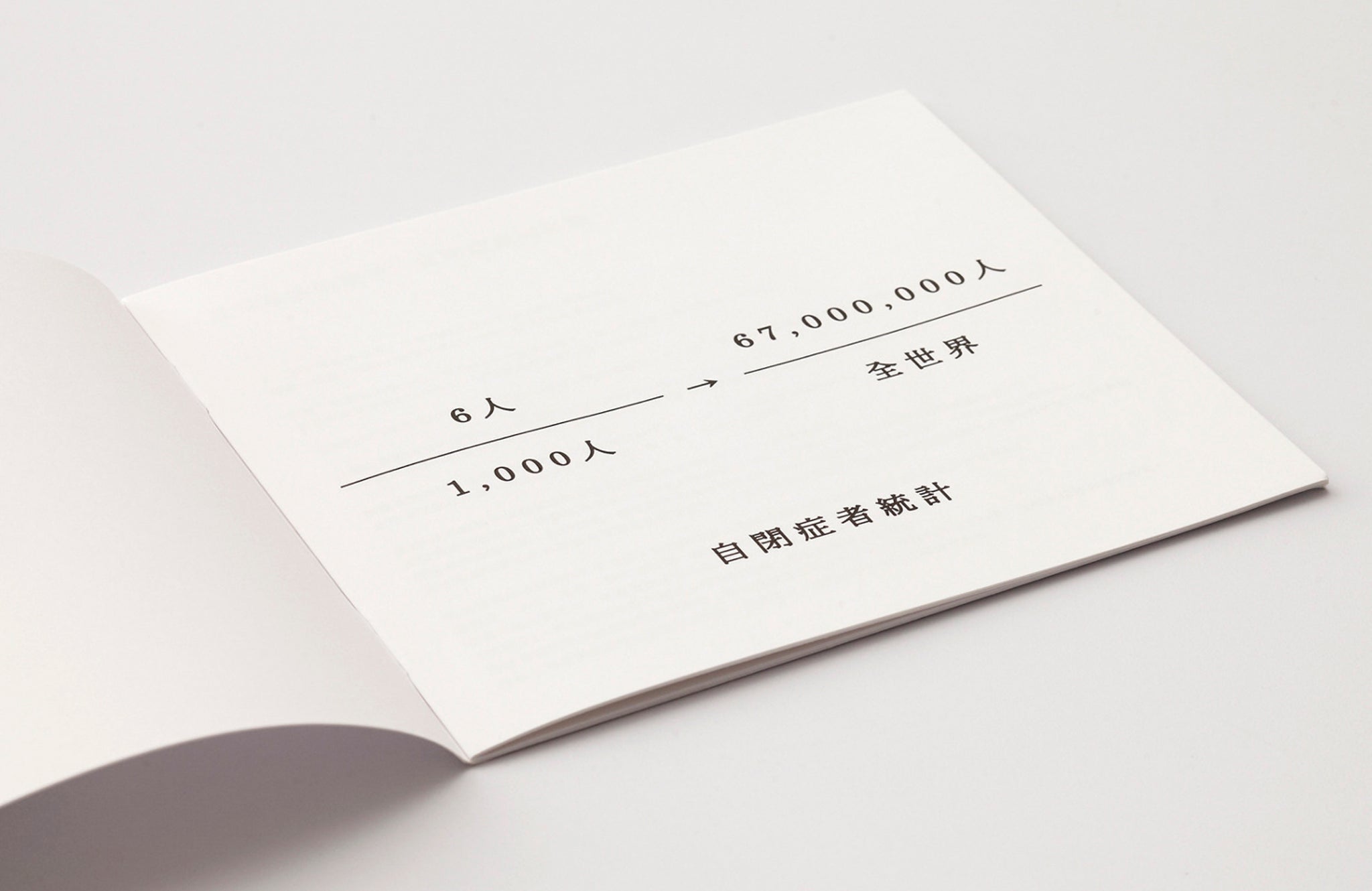This advice was originally intended for a friend but I decided to write it down so that hopefully others can benefit from it too. Looking back to when I first started designing, if there was a single thing I could go back and tell myself, that would be to train my design eye, my ability to critique and identify good design.
A simple strategy
Here are some things that you can do to train your eye.
Browse design inspiration
Keep a folder and save designs that inspire you over the course of the week. At the end of the week, look through your folder and ask yourself some of these questions. You don’t have to answer each one of those questions for every design, but do keep them in the back of your mind.
- What originally intrigued you about this design? Are you still drawn to it the same way as before?
- What is the purpose of the design? How has this affected the design?
- How does this design make you feel?
- How does the type work with the design?
- What could you improve on in this design?
For interface design you can look at sites like Dribbble , Behance, and Awwwards. I use these sites as a way to see how other designers have solved specific problems and to keep up to date with popular design patterns.

Looking at only interface designs will put you in an insular design environment. You should also look at other mediums such as posters, magazines, and books. Often times, the best examples of typography and grid systems can be found in mediums outside of the one you normally design for.

Also consider studying the designs of other cultures. Take into consideration cultural context and how it influences designs. This will make you a more diverse designer by providing you with another lens for making critical judgement on designs.

Practice looking
While there are tons of directed exercises that you can do to train your eye, just spending a couple extra minutes a day observing and trying to understand the world around you goes a long way.
Throughout the day, instead of staring at your phone — something that I’m guilty of doing — look at the design of things around you like the buildings you pass by, the signs that direct you, and nature. When using the world around you as a tool for developing your eye, here are a few things to keep in mind.
- Figure out what catches your eye and why. Design is all about first impressions.
- What sort of visual hierarchy do you see around you?
- How do you interact with the designs around you?
- What colors do you see and how do they work together?

One thing that I’ve found useful for developing my eye is photography. Photography forces you to look, to make active meaning of the world. A good photograph contains the same elements that make up a good design. In particular it requires thoughtful composition which includes creation of visual balance, use of space, and consideration for color.

Create a feedback loop
Finally, create a feedback loop to accelerate your growth. As often as you can, ask other designers for feedback on your work. Seasoned designers, in particular, will be able to point out flaws in your design that you would normally miss. Once issues in your design have been pointed out once, they will be much easier to identify in the future.
Conclusion
If you want to improve your designs, first improve your eye. And remember, anyone can develop an eye for design.








